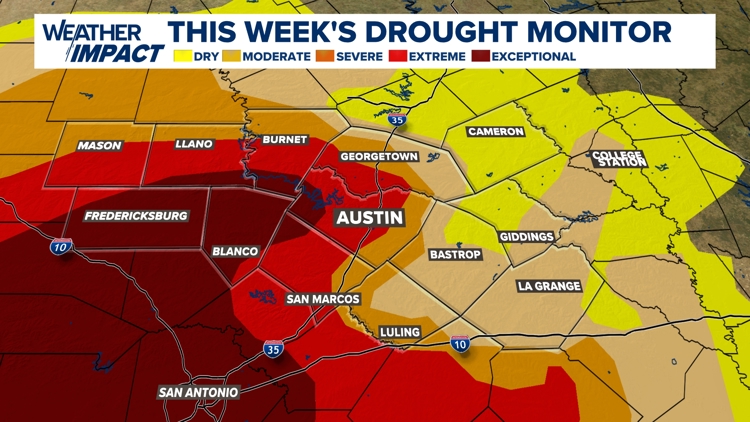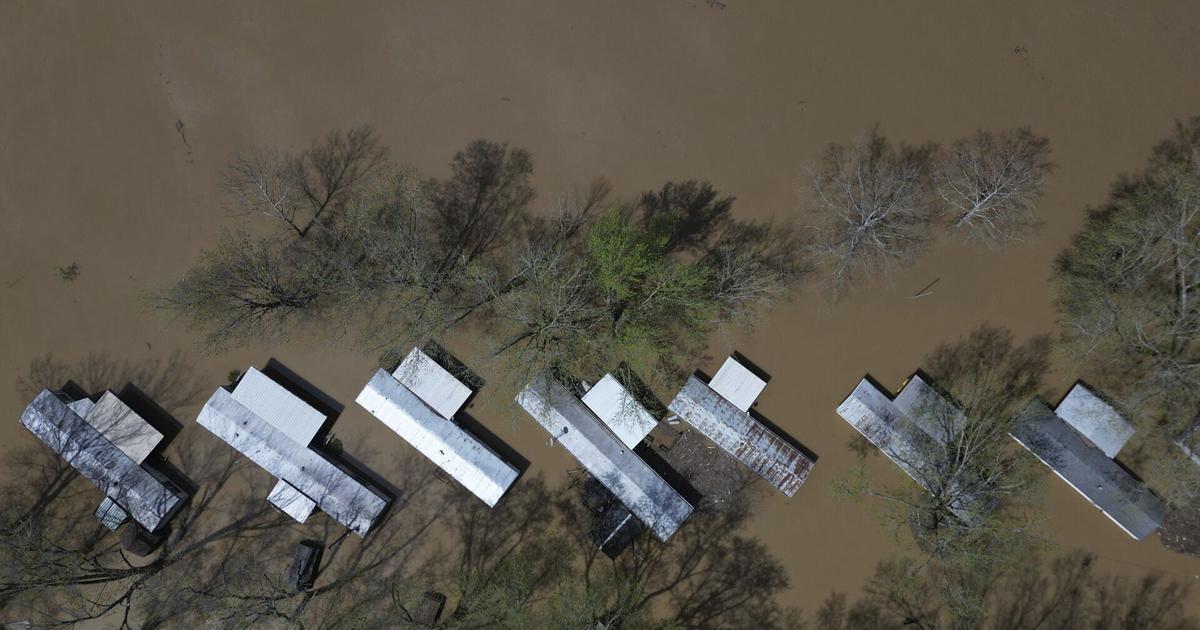April 15, 2025 This article has been reviewed according to Science X's editorial process and policies . Editors have highlightedthe following attributes while ensuring the content's credibility: fact-checked peer-reviewed publication trusted source proofread by Lauren Sydoruk, Curtin University New Curtin-led research has revealed that water played a far bigger role than previously thought in shaping Earth's first continents, transforming the planet's early crust and helping to build the landmasses we see today. In an article published in Communications Earth & Environment , the research team studied 1.
6-billion-year-old rocks from the Georgetown Inlier in northeast Queensland—home to some of the best-preserved pieces of continental crust on Earth. Lead researcher Dr. Silvia Volante, who completed the research at Curtin's School of Earth and Planetary Sciences but is now based at ETH Zurich in Switzerland, said the findings could redefine our understanding of water's role in the Earth's early evolution and its importance in shaping the continents we see today.

"In the early days of our planet, volcanic rocks erupted on the ocean floor and were then altered by hot water as they cooled down and solidified. Over time, these water-rich rocks were buried deep within the Earth's crust, where the introduction of additional water caused them to partially melt at temperatures ranging from 700°C to 750°C," Dr. Volante said.
"By analyzing the oxygen levels within the rocks, the research team found a clear difference between the original volcanic rocks and the granitic rocks they turned into—suggesting an additional source of water from deep within the Earth's mantle. "The two sources of water which formed the continental crust rocks—one from the volcanic rocks themselves, and more surprisingly also from deep within the Earth—fueled a chain reaction of melting which lasted millions of years and helped form the building blocks of the continents we live on today." Co-author ARC Laureate Fellow John Curtin Distinguished Emeritus Professor Zheng Xiang Li, also from Curtin's School of Earth and Planetary Sciences, said the team was fortunate to be able to study Australia's ancient rocks, which offer a rare and well-preserved record of how the Earth formed.
"We had an incredible opportunity to work in unique locations such as the Georgetown Inlier, which is one of the only places in the world where we can see all stages of continental crust formation locked in billion-year-old rock," Professor Li said. "Our next step is to investigate whether similar water-based melting processes occurred in even older crust fragments. Finding more well-preserved examples will help show just how crucial water movement in the Earth's mantle was in shaping our planet's early landscape.
" More information: Silvia Volante et al, Oxygen isotope shifts reveal fluid-fluxed melting in continental anatexis, Communications Earth & Environment (2025). DOI: 10.1038/s43247-025-02250-z Journal information: Communications Earth & Environment Provided by Curtin University.
Environment

Ancient rocks reveal how water helped shape the world

New Curtin-led research has revealed that water played a far bigger role than previously thought in shaping Earth's first continents, transforming the planet's early crust and helping to build the landmasses we see today.















